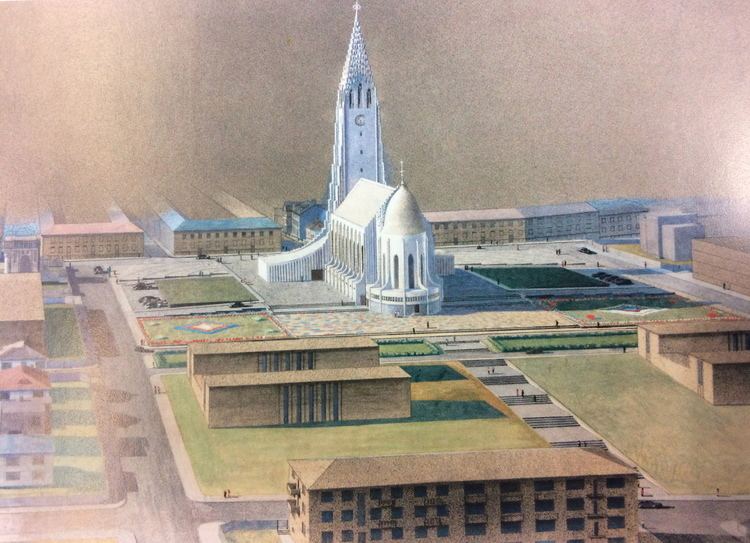Nationality Icelandic | Known for Architecture | |
 | ||
Full Name Guðjón Samúelsson Notable work Hallgrímskirkja, University of Iceland, National Theatre of Iceland, Akureyrarkirkja, and many others buildings Died 25 April 1950, Reykjavik, Iceland Structures Hallgrímskirkja, Akureyrarkirkja, Landakotskirkja | ||
Guðjón Samúelsson (16 April 1887 – 25 April 1950) was a State Architect of Iceland.
Guðjón was the first Icelander educated in architecture. He completed his studies in 1919.
Notable designs include main building of the University of Iceland, the National Theatre of Iceland, the Landakot Roman Catholic Cathedral in Reykjavík, and the Church of Akureyri; however his final and most recognized work is the Hallgrímskirkja church, which was commissioned in 1937.
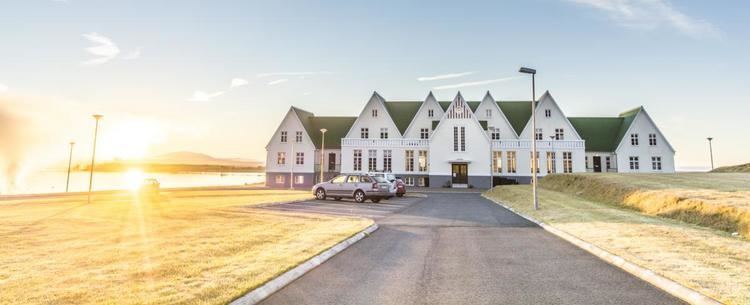
Icelandic architect Pétur Ármannsson describes him as a dominant figure in Icelandic architecture during the 1920s. During this time, Guðjón was commissioned to plan the major buildings constructed by the Icelandic state. He played a key role in the urban planning of Reykjavík, just as Iceland was urbanizing and modernizing.
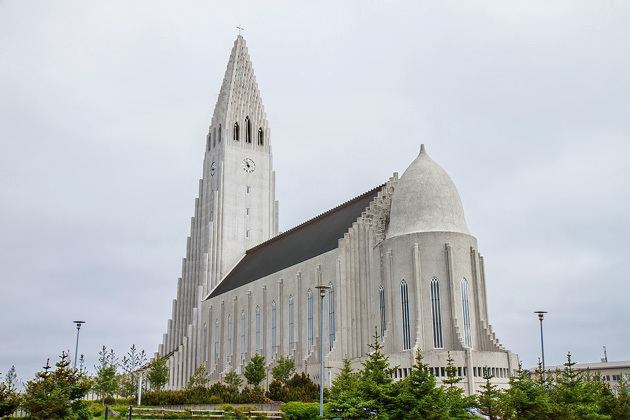
He tried to create an Icelandic style of architecture. Many of his designs were said to be inspired by the natural geology of Iceland. Guðjón's design of Hallgrímskirkja was, for instance, inspired by basalt columns, such as those at Svartifoss. Guðjón characterized his design of the main-building of the University of Iceland as a distinct and new Icelandic style that he believed would contribute to the revival of the Icelandic Commonwealth. When the British occupied Iceland in 1940, the British commander reportedly opted not to seize the University of Iceland main-building because he considered it too beautiful.
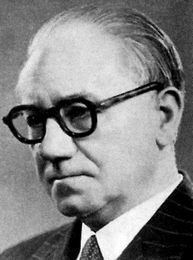
His architecture for rural areas, such as the Héraðsskólinn school house, was inspired by Icelandic turf houses. Attempts to re-introduce turf house style buildings to rural areas ended in the 1930s, as these buildings were neither deemed cost-effective nor useful. Guðjón, for instance, opted not for the turf house style when he designed the school house at Reykholt.
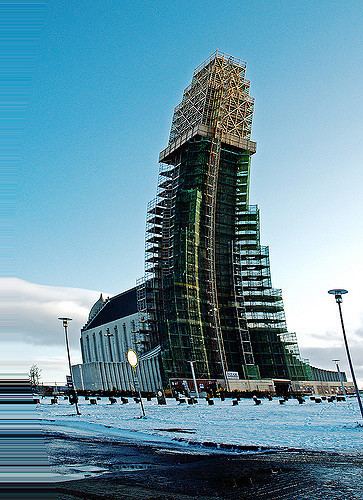
Other works

